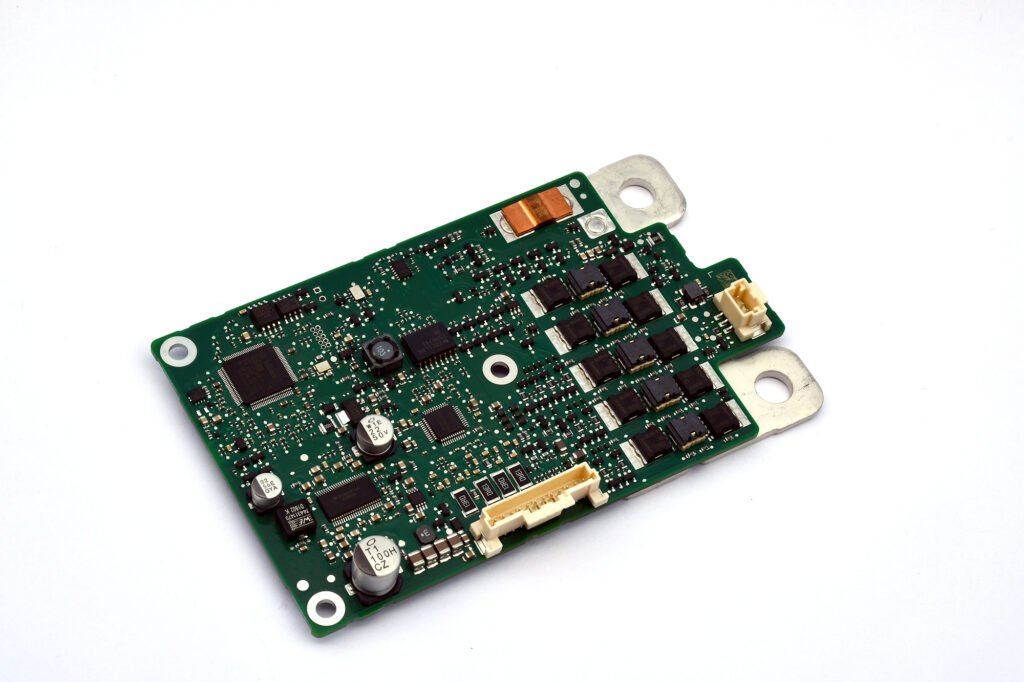Electronic vehicle architecture is becoming more and more complex: In addition to the trend towards drive electrification, we are witnessing increased automation in various functions. Against this background, Eberspaecher is launching a battery management system (BMS) for the low-voltage range with a connection to the vehicle power grid. This makes the company one of the first in Europe to take such a product into series production. It is used in the 12 V lithium iron phosphate starter battery from an international manufacturer.

From lane departure warning systems and automatic parking to traffic jam pilots—vehicles boasting a plethora of new functions are already on the road, up to highly automated driving level 3. At the same time, continuous efficiency and weight optimizations are required, and high safety criteria must be met. Switching from lead-acid to lithium-ion batteries in the low-voltage range saves up to five kilograms in weight. The 12 V battery management system (BMS) from Eberspaecher provides the necessary safety for automated driving functions up to safety integrity level ASIL C. The automotive controls recognize the status of the battery via the connection to the vehicle power grid. This allows the BMS to react accordingly in an emergency and perform all the necessary actions to bring the vehicle to a safe standstill. Series production for the passenger car of a leading international manufacturer starts in July. The supplier is thus set to enter a new product segment and expand its expertise in the implementation and management of large software projects.
Vehicle power grid connection as required
The BMS monitors and protects four to six lithium-ion cells and regulates charging and discharging behavior via an analog front-end chip (AFE). This increases the service life and guarantees that they remain in a safe operating range. At the same time, the BMS features an interface to the vehicle power grid—either via the CAN or LIN system. It also allows workshops to query the battery status. Depending on the vehicle, software updates can be implemented via the mobile network or Wi-Fi.
Small size, strong performance
The BMS from Eberspaecher impresses with its compact design. Embedding the switch in the negative path next to the current measuring element reduces the required connection points from four to two. This coupled with the small dimensions (132 mm x 80 mm) at high performance make it easier to integrate the BMS into the battery. Usage in a starter battery is enabled with the portable electrical load of continuously 200 A and up to 1400 A for one second at up to 80 °C ambient temperature. At the same time, the system only requires 130 μA of power in deep sleep. Another advantage: Thanks to the proprietary busbar technology, no external current measuring shunt is required. The measurable current range is -1500 to +1500 A.
Innovative switch and diagnostic capability
An electronic switch protects the internal battery and interrupts the power supply in critical situations, such as overheating. The main advantage of the MOSFET (metal-oxide-semiconductor field-effect transistor) relays used is their longer service life, shorter response time of 30 μs and lower control current requirement compared to electromechanical relays. The special feature of Eberspaecher’s solution is the diagnostic capability to detect individual MOSFET faults in the circuit breaker online without having to open it.

